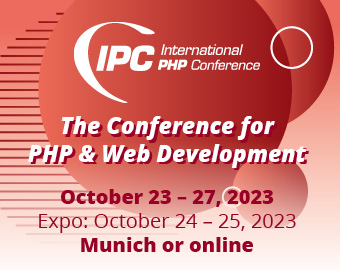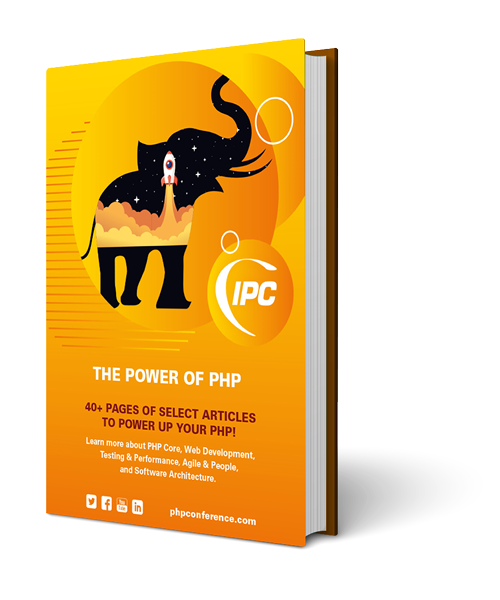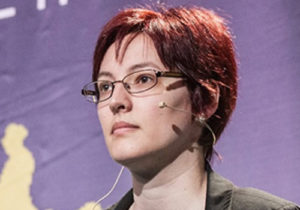10up designs and builds custom publishing experiences for major companies and brands around the world. Your publishing experiences or websites are tailor-made for your clients and their specific needs. 10up says „While our solutions are complex, we want our code, tools, processes, systems, and practices to be as simple as possible“. Why is “simplicity” so important for implementing WordPress projects?
Taylor Lovett: As a premium shop, experience doesn’t end at the UI. There is also code level experience. Simpler, more elegantly written code improves maintainability and extensibility. It also indirectly improves security and performance as issues are less likely to occur and easier to debug. As such, we want to be proud of what’s “under the hood” for each client we work with.
Over the years, 10up has developed and fine tuned continuous integration processes for building, maintaining, and extending enterprise WordPress applications. Your talk will introduce the concept of continuous integration and explain key ways that 10up uses continuous integration effectively to deliver enterprise WordPress applications. Can you briefly outline what your concept of continuous integration looks like?
Taylor Lovett: Continuous integration is the ability to be able to deploy code iteratively with confidence. This requires fine tuned processes to ensure incremental changes aren’t breaking the code base. At 10up, some of our clients are international brands with websites receiving millions of views per day. As such, we have to be extremely confident in everything we push to production. Fundental parts of the process are workflow, tooling, and testing. My talk will cover all this.
You’ve published best practices for WordPress projects on GitHub. What is your intention with these best practices in the community?
Taylor Lovett: The intention of our Best Practices is to share our processes and tools we’ve fine tuned over the years with the community. We’ve picked up some unique tips and tracks working on the largest WordPress websites in the world; our Best Practices dive into these. We also strongly believe in sharing and the open source community. Opening up our Best Practices empowers the community to help us improve them.
WordPress invites you to use ready-made frameworks. But why is it so important to design individual publishing experiences for the customer?
Taylor Lovett: I strongly believe WordPress is a solid platform and the best content editing experience around. However, large organizations often require customization to get the most out of the platform. Every business has different needs, and we want to setup our customers for success.
Is everything running smoothly or do you see any need for improvement in WordPress 5? If so, where do you see room for improvement? What do you say about the critical tones for the new Gutenberg Editor?
Taylor Lovett: We are very excited about WordPress 5 and Gutenberg. We believe it’s a major step forward for content management and moving WordPress towards a more powerful platform. That said, there are certainly some areas that need improvement around Gutenberg. One of the biggest is revisions. I believe people have been overly critical of Gutenberg. It’s not perfect, but WordPress needs to move forward.
Thank you very much for the interview!
The questions were asked by Thomas Petzinna, editor of PHP Magazin.



















